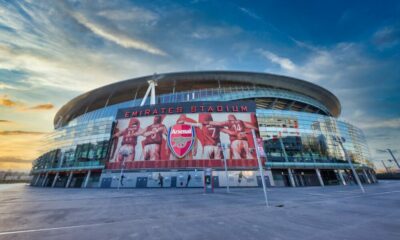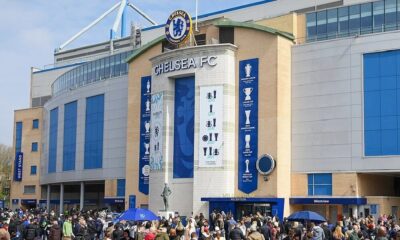Other Football News
The Fallout of Barca at San Siro: Why the Pitch is the 23rd Player
When Barcelona played Milan in their recent Champions League quarter final, it wasn’t just the two teams making the headlines. The pitch came under criticism
When Barcelona travelled to Milan for their recent Champions League quarter final, it wasn’t just the two teams making the headlines. The pitch at the San Siro came in for much criticism, with even the home side acknowledging that there was a problem that needed addressing.
The issues came at the end of March as Barcelona tackled AC Milan in the first leg of the tie. While the pitch looked perfectly playable at the time, players began to slip and fall from the first whistle and huge chunks of turf came loose at regular intervals. After the match, Barca boss Pep Guardiola expressed his displeasure. “In the end we adapt to everything … but it’s clear that this was a problem”, the manager said.
The official complaint
Barcelona have now lodged an official complaint with football’s governing body FIFA and it highlights what is becoming an increasingly common issue in football stadiums today. In recent years, even the new surface at Wembley Stadium has come in for criticism and during the FA Cup semi finals of 2009 there were similar problems to those experienced in the San Siro in March.
Harking back to pitches of the past
Football fans of a certain age may be reading this with some incredulity when they consider the surfaces that players played on in the past. In the 1970s and 1980s it was common for players to play on quagmires – pitches with very poor drainage that quickly became bogs after heavy rain.
The difference today is largely due to financial reasons. With players commanding such high wages, the thought of injury is of great concern to their clubs. Think of the ramifications if Lionel Messi had suffered a career-ending injury as a result of the San Siro pitch and you’ll begin to understand why this is such a major issue in world football today.
Back in the 1980s, certain clubs tried to address the problem by introducing artificial pitches. The benefits of these were obvious in that they provided a consistent surface that stayed the same no matter what the weather threw at it. This was shown on one particular weekend in the mid 1980s when every game in London was called off due to ice and snow except the game at Loftus Road, where QPR’s artificial football surface meant that the game against Tottenham took place.
The downside to these pitches
One of the downsides, however, was the level of injuries and over time the artificial pitches in England were scrapped. They still exist in other parts of Europe but they are unpopular with fans and players alike. It’s said that Spurs captain Ledley King, who has a chronic knee problem, travelled with the squad to play Young Boys in Switzerland in 2010 and declared himself unfit after taking one look at the plastic pitch.
Maybe a compromise can be reached but technology must find a way to produce an artificial surface that is worthy of world-class football. One thing is certain, however and this is the fact that the pitch in Milan was clearly unfit for purpose. The technology behind artificial surfaces has moved on in recent years and professional football should perhaps take another look at this solution to unplayable grass pitches.
Leyla is a British blogger who enjoys writing on a range of topics from men’s fashion to exotic travel. She is currently writing on sports topics, in particular artificial sports surfaces. For more information, click here.





















